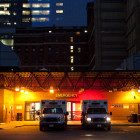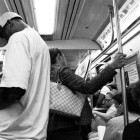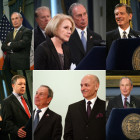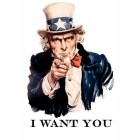The Fires By Joe Flood, 325 pp. Riverhead Books. $26.95In 1961, President Kennedy hired Robert S. McNamara away from his job as president of the Ford Motor Company to, essentially, manage the conflict in Vietnam just as he had the American automotive industry. As secretary of defense, McNamara – a Harvard MBA – hired top analysts from the RAND Corporation, a nonprofit problem-solving think tank, to help.“Systems analysts were soon wielding more influence over American defense strategy than any five-star general or chief of staff,” writes Joe Flood in his fascinating new book, “The Fires: How a Computer Formula, Big Ideas, and the Best of Intentions Burned Down New York City – and Determined the Future of Cities.” It was only a matter of time, Flood explains, before New York City would attempt to manage its fires just as McNamara was managing the war: New York was simply, and merely, another system.









